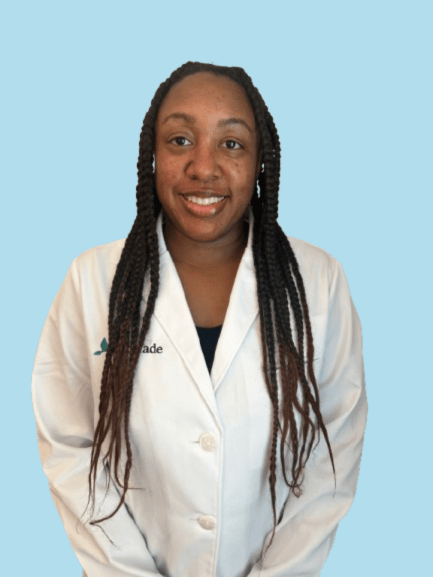
Yeast infections and antibiotics: what you should know

If you've experienced a yeast infection after taking antibiotics, you're not alone. While antibiotics are essential for treating bacterial infections, they can also disrupt the balance of good bacteria in the body. This disruption can lead to an overgrowth of yeast, especially in the vaginal area, resulting in uncomfortable symptoms like itching, irritation, and discharge.1,3
Yeast infections caused by antibiotics are common, treatable, and often preventable. This guide focuses specifically on how antibiotics contribute to yeast infections and what you can do to avoid them.
Why do antibiotics sometimes lead to yeast infections?
Antibiotics are prescribed to treat various bacterial infections, but they often affect beneficial bacteria too. In the vaginal area, helpful bacteria like Lactobacillus play a key role in keeping yeast such as Candida under control. When antibiotics reduce these bacteria, yeast can multiply and cause an infection.3,4
This imbalance is more likely with broad-spectrum antibiotics, including but not limited to:
Even a short course of antibiotics can sometimes lead to these side effects. If you notice symptoms like itching or discharge after starting an antibiotic, it's important to speak with a doctor.3
How can you prevent a yeast infection while taking antibiotics?
Add probiotics to your routine
Practice healthy hygiene habits
Talk to a doctor about preventative treatment
How are yeast infections diagnosed?
Treatment options for antibiotic-related yeast infections
Yeast infection treatment typically includes antifungal medications. These may be:
- oral antifungals like fluconazole (Diflucan)
- vaginal creams or suppositories containing miconazole or terconazole5
While some treatments are available over the counter, others require a prescription. We make it easy to consult with a licensed provider online and get the care you need.
3 simple steps to discuss yeast infection treatment

Book a yeast infection treatment appointment.

Talk to your clinician regarding your symptoms.

If prescribed, pick up a prescription for your yeast infection.
How pricing works
30 days of free membership
- Same-day appointments 7 days a week
- Unlimited messages with your Care Team
- Prescription discount card to save up to 80%
- Exclusive discounts on lab tests
- Free memberships for your family
- Cancel anytime
Paying with insurance
Membership
$19.99 /month
First month free
Visits
Copay
Visit price with insurance
Often the same as an office visit. Most patients with in-network insurance pay $30 or less!
We accept these insurance plans and many more:



Paying without insurance
Membership
$19.99 /month
First month free
Visits
$129
Visit price without insurance
Yeast infection related resources
Sources:
PlushCare is dedicated to providing you with accurate and trustworthy health information.
- Mayo Clinic. Yeast Infection (Vaginal) – Symptoms and Causes. Accessed on November 25, 2024, at https://www.mayoclinic.org/diseases-conditions/yeast-infection/symptoms-causes/syc-20378999.
- National Center for Biotechnology Information (NCBI). Vaginal Yeast Infection (Thrush): Overview. Accessed on November 26, 2024, at https://www.ncbi.nlm.nih.gov/books/NBK279452/.
- Medical News Today. Yeast Infection from Antibiotics: Causes, Symptoms, and Treatment. Accessed on November 27, 2024, at https://www.medicalnewstoday.com/articles/yeast-infection-from-antibiotics.
- Healthline. The Link Between Antibiotics and Yeast Infections. Accessed on November 27, 2024, at https://www.healthline.com/health/antibiotics-and-yeast-infections.
- Cleveland Clinic. Vaginal Yeast Infection: Causes, Symptoms & Treatment. Accessed on November 28, 2024, at https://my.clevelandclinic.org/health/diseases/17816-vaginal-yeast-infections.
- Mayo Clinic. Yeast Infection (Vaginal) – Diagnosis and Treatment. Accessed on November 29, 2024, at https://www.mayoclinic.org/diseases-conditions/yeast-infection/diagnosis-treatment/drc-20378997.
PlushCare content is reviewed by MDs, PhDs, NPs, nutritionists, and other healthcare professionals. Learn more about our editorial standards and meet the medical team. The PlushCare site or any linked materials are not intended and should not be construed as medical advice, nor is the information a substitute for professional medical expertise or treatment.